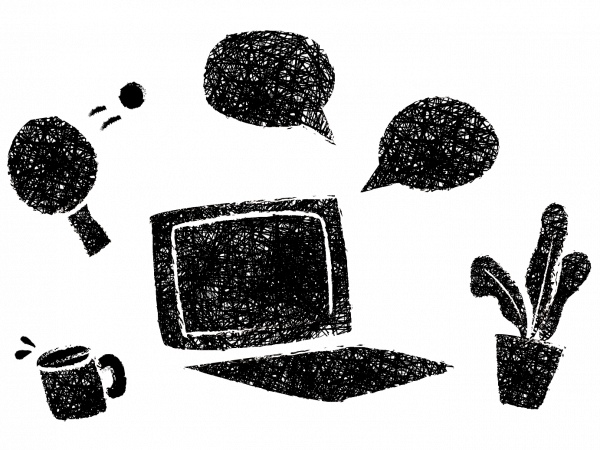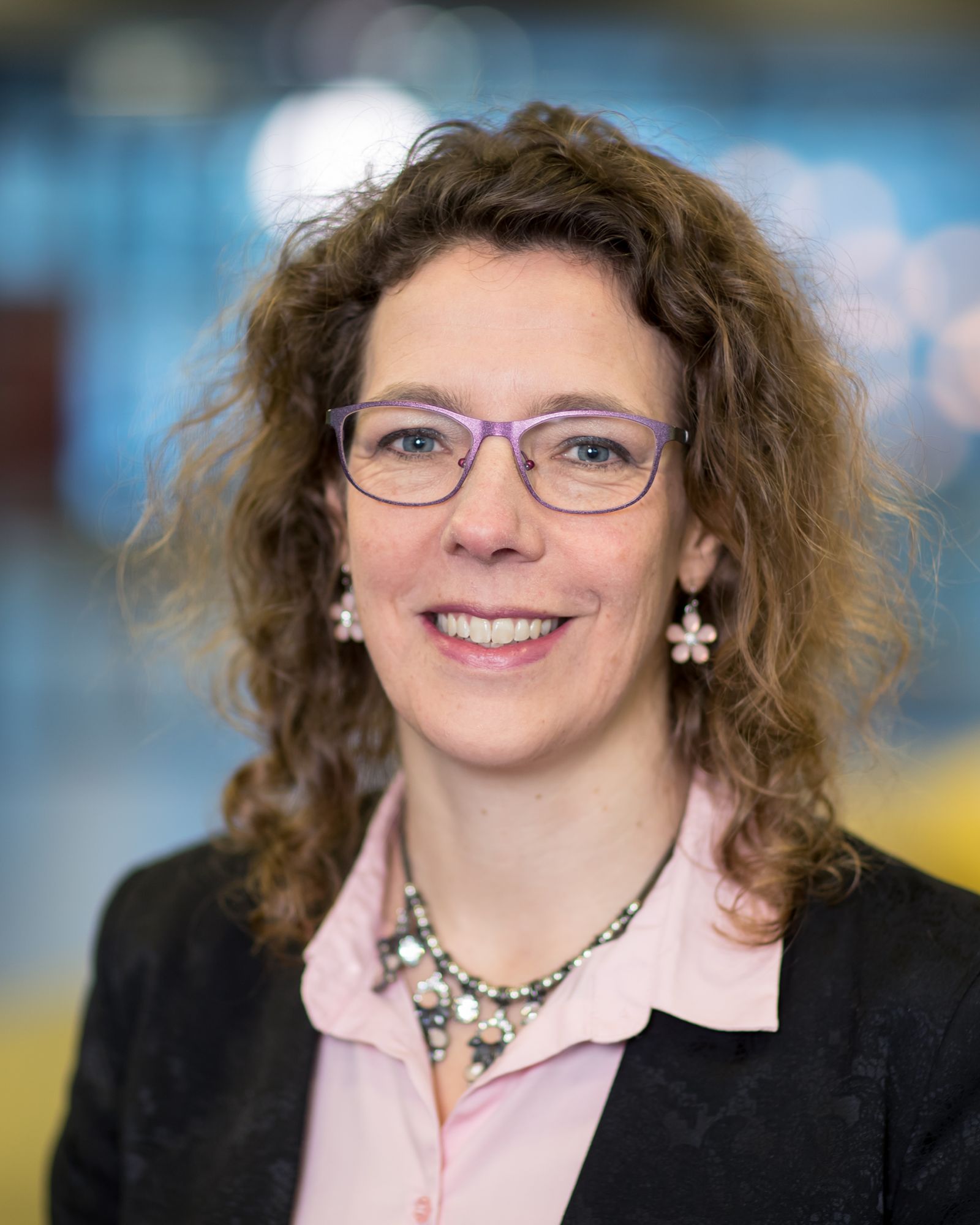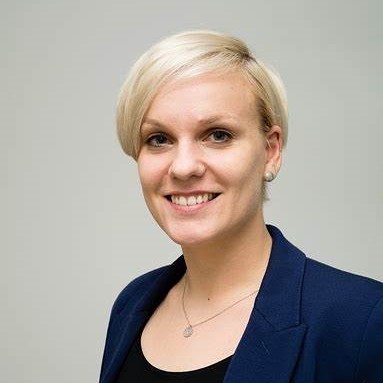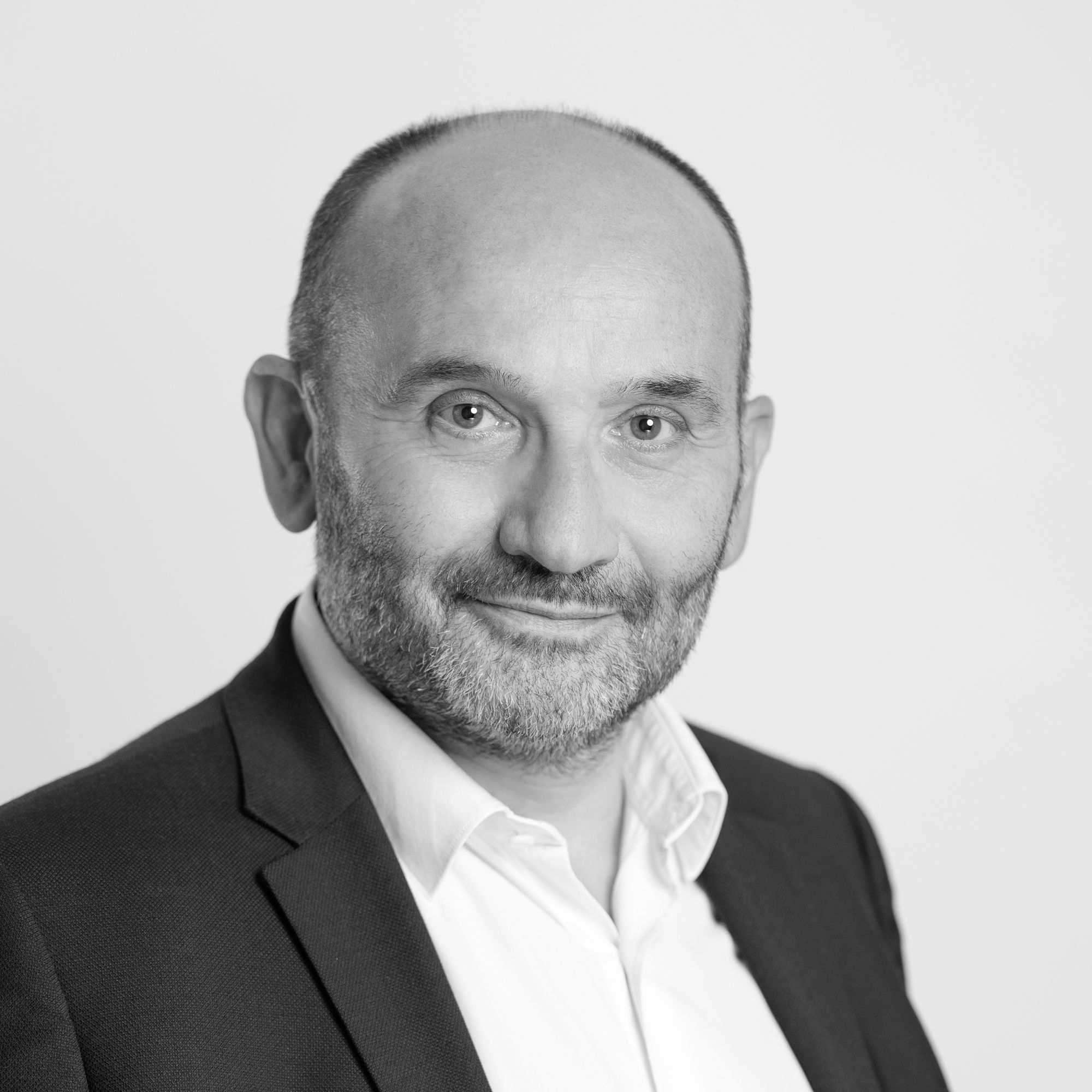- Home
- EN
- Our impact
- ProspeKtive
- Align people and their office environment

Align people and their office environment
September 2021
The experts
Office design has been at the heart of debates since the emergence of office buildings. However, it was not until the second half of the 20th century that the links between the occupants and the building were established. Today, research is providing more and more hard evidence that office design affects the health, happiness, engagement and productivity of employees. Also, finding an optimal solution, which aligns people with their environment, is something that many organizations hope for.
How to design an optimal office environment?
A collective analysis of 21 theories made it possible to develop a framework for analyzing the fit between occupants and the work environment. This framework identifies three theoretical concepts that affect employee development: a positive attitude, health and optimal productivity). They must be taken into account when designing an optimal office environment, defined by the fit between the occupant and his environment.
First of all, a good design of the office environment must obviously take into account the physical needs of the employees. But it is not just about the basic needs of the employees from an ergonomic point of view, since characteristics of the workspace can bring additional satisfaction to the employees and thus increase their well-being. Thus, different physical aspects of the office environment, such as access to daylight or good air quality, for example, affect employees physically but also mentally.
Second, a good design of the office environment should allow more control for the occupant over their workspace. Different occupants have different abilities to cope with the mismatch they observe between certain environmental characteristics and their preferences. This can then lead to different perceptions of the work environment and unwanted behavior. Thus, the well-being of employees increases if we offer greater adaptability of the environment and a range of solutions that come close to multiple preferences. For example, we know that giving the possibility of adjusting or modifying one's workstation gives a feeling of satisfaction to many occupants.
Third, a design for a good office environment must be aligned with the organizational context. Different values, structures and types of organizations can be visualized through the design of the environment that is always visible. For example, a more horizontal organizational structure can be expressed through an open layout choice without dedicated offices. In addition, the social processes of the organization can be driven by certain design choices. For example, it is known that the location of a coffee machine can affect social interactions in the organization.
All of the above mentioned aspects in one way or another can lead to employee development. Some of them are simpler than others to implement and complexity is often the order of the day. However, a combination of all of these aspects is necessary to design an optimal environment for employee development. But this is not a one-off project because it is a constant effort to try to find a balance between the needs of the employees and their working environment in the social, digital, physical and psychological dimensions. An optimal environment then also comes from continuous improvement.
You can find more about the alignment between people and the office environment in the latest book "A Handbook of Theories on Designing Alignment Between People and the Office Environment" which is available for free at www.taylorfrancis.com. The book is about the ability of people to do their jobs and thrive in the office environment. You'll find 21 theories that explain why people behave the way they do or how physical or digital factors in the work environment affect employees.
Release date: September 2021




